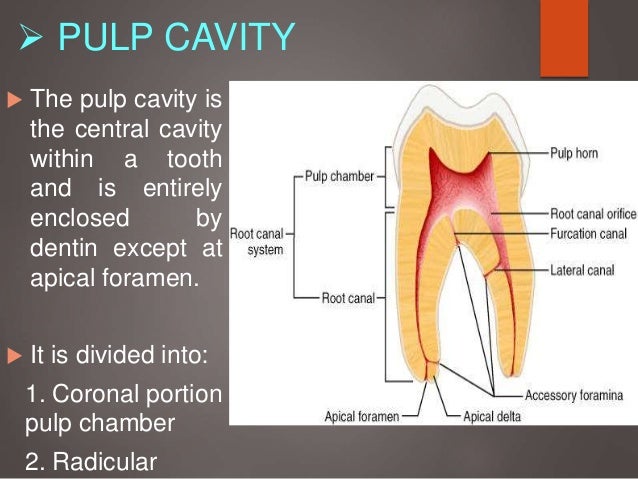

The improvement in HRQoL was not correlated to the hearing improvement. This is the first study reporting a highly significant and clinically important improvement in HRQoL after mastoid cavity obliteration in a prospective setting. The mean ZCMEI-21 score changes were neither correlated to the AC PTA shift (p = 0.60) nor to the ABG shift (p = 0.66). The mean ZCMEI-21 score changed from 31.7 (SD = 14.5) preoperatively to 17.4 (SD = 15.1) postoperatively (mean difference: - 14.3 SD = 19.1 p = 0.0002). Results: Cavity obliteration was better in group 2 (90) as compared to group 1 (80). Compared to the preoperative visit, patients showed a significantly reduced AC PTA at the postoperative visit (mean difference: - 4.1 SD = 10.4, p = 0.045). Patients were reexamined after a mean follow-up period of 9.2 months (SD = 6.5) after obliteration of the mastoid cavity. Health-related Quality of Life (HRQoL) was assessed by the Zurich Chronic Middle Ear Inventory (ZCMEI-21) pre- and postoperatively.Ī total of 25 patients (16 females and 9 males mean age 51.6 years, 14 right and 11 left ears) were included. Audiological measurements including air conduction (AC) and bone conduction (BC) pure-tone averages (PTA) and the air-bone gap (ABG) were assessed. Patients who had undergone canal wall-down mastoidectomy for chronic otitis media with creation of a persistent mastoid cavity and underwent revision tympanomastoid surgery including mastoid cavity obliteration using autologous material were included. To assess the change in health-related quality of life (HRQoL) in patients undergoing mastoid cavity obliteration.


 0 kommentar(er)
0 kommentar(er)
